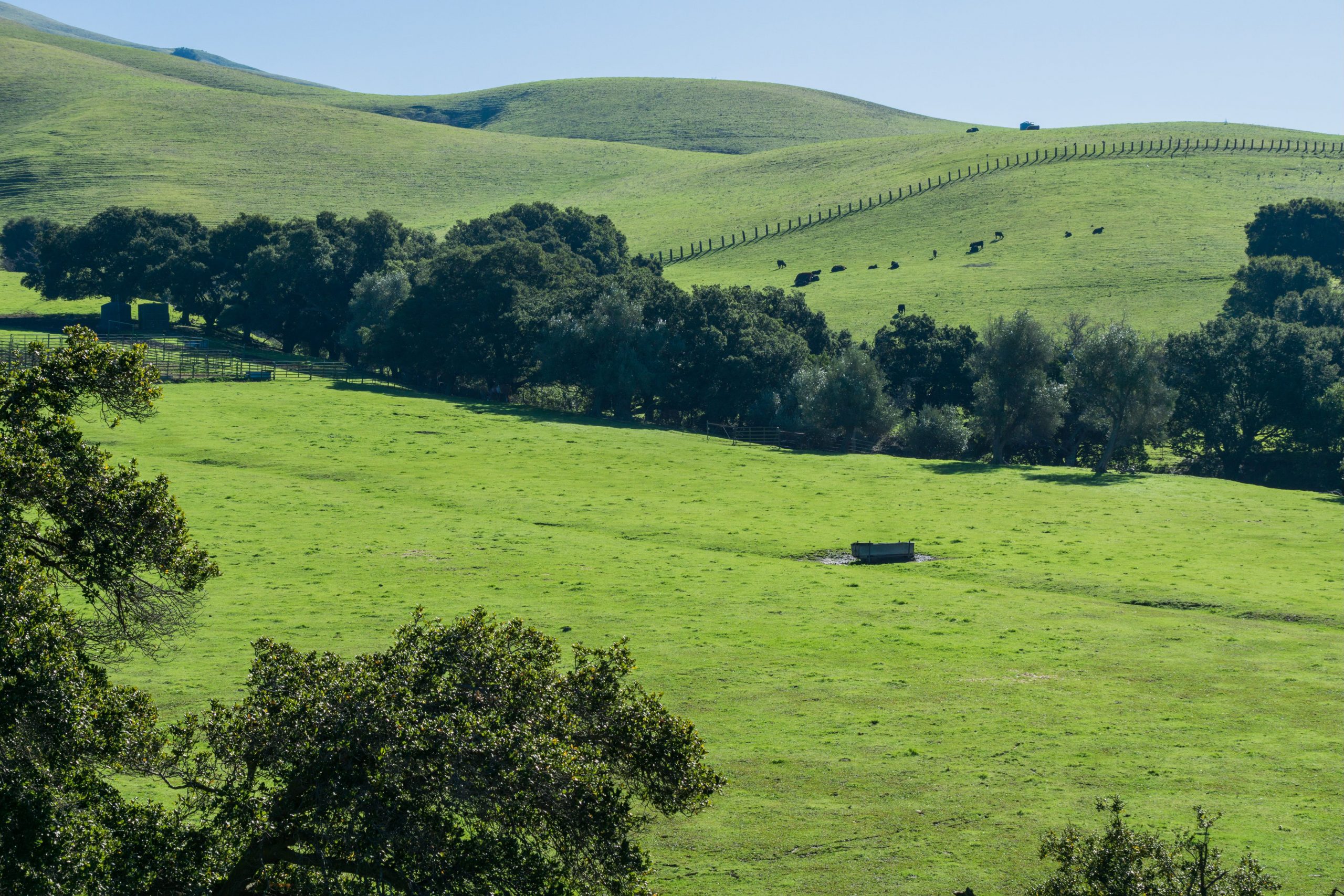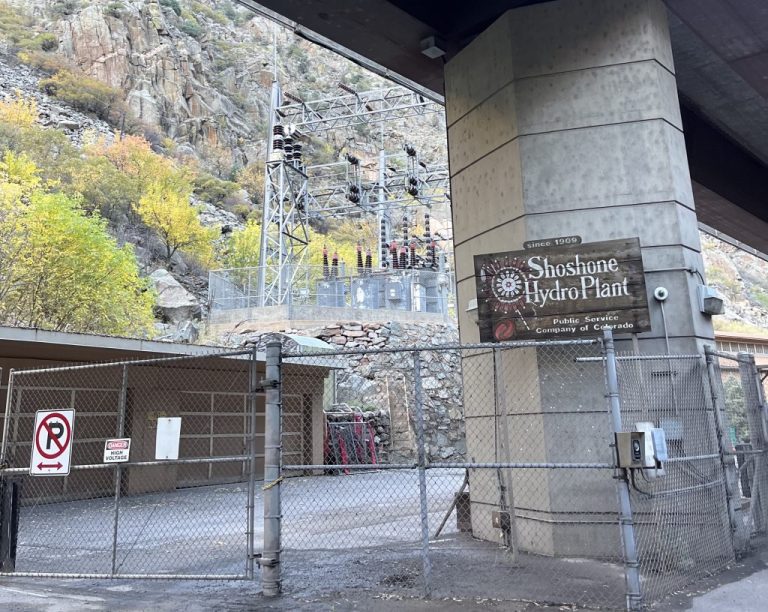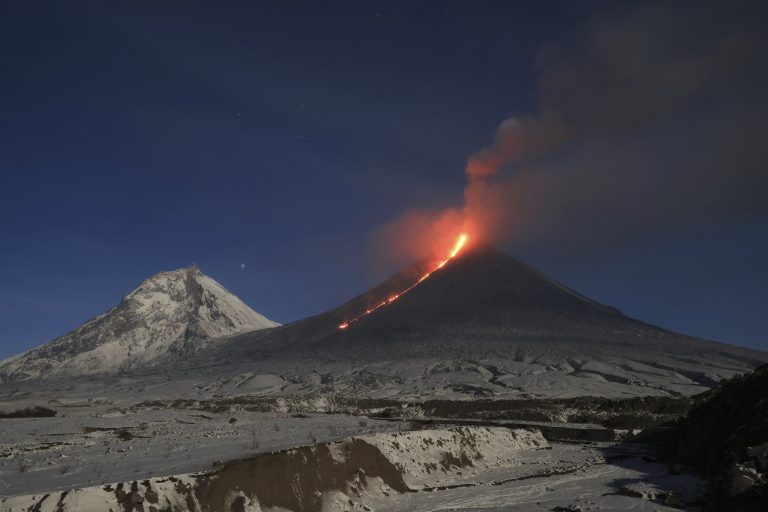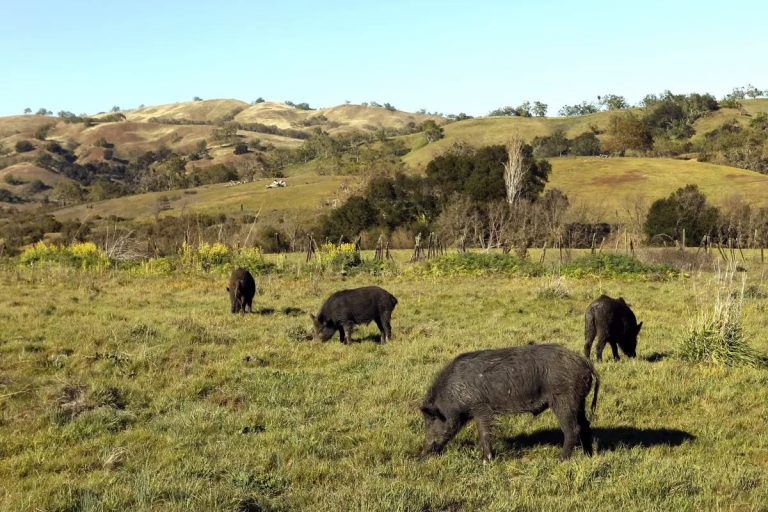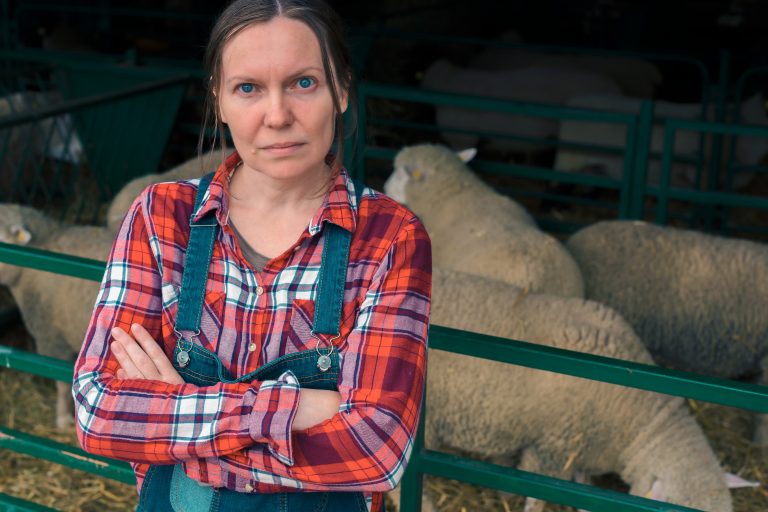Why Ranchers Can No Longer Trust Midpen
Yanasa TV News
The Case of Vince Fontana
For over 55 years, Vince Fontana and his family stewarded a tract of coastal grassland, maintaining the land through managed grazing, wildfire prevention, and a deep, generational understanding of the ecosystem. But in early 2025, that stewardship came to an abrupt end when Fontana’s lease was not renewed. While he did not publicly name the agency responsible, the timing and context strongly suggest that the decision came from the Midpeninsula Regional Open Space District, known as Midpen. Fontana called the decision “shocking,” characterizing it as a betrayal of the trust built over decades.
Fontana’s loss reflects a broader and growing unease among ranchers in California’s Central Coast. Long-time lessees and caretakers are being edged out by public land management agencies increasingly focused on formalized, short-term contracts that prioritize environmental restoration and public recreation over continuity and heritage stewardship.
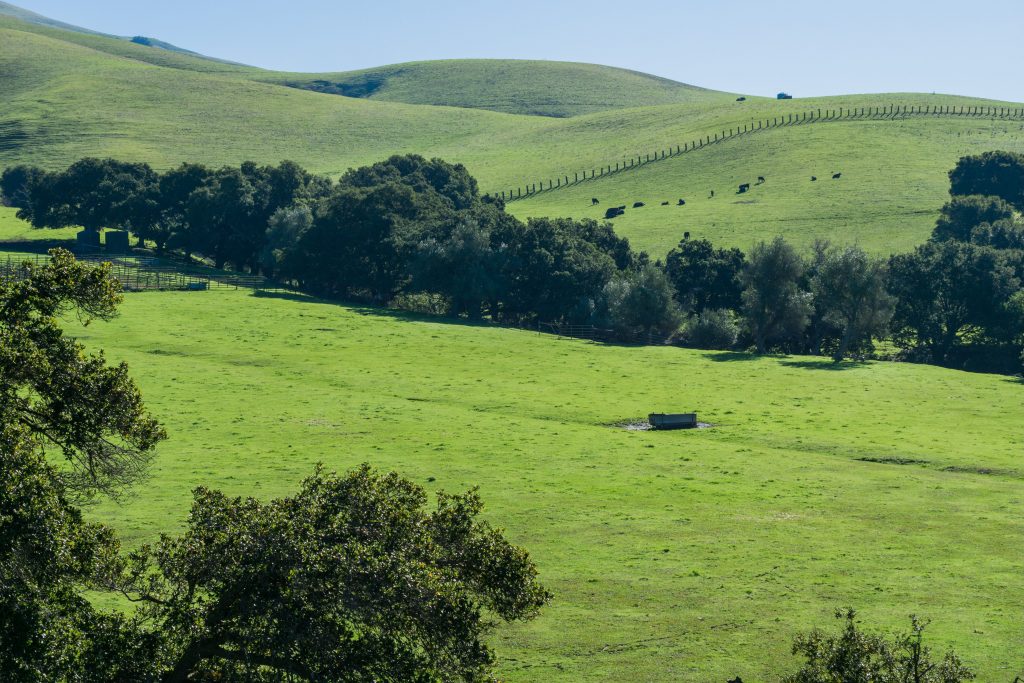
Who is Midpen?
Founded in 1972, the Midpeninsula Regional Open Space District manages over 65,000 acres of protected land across San Mateo, Santa Clara, and Santa Cruz counties. Its mission includes preserving open space, protecting natural resources, and offering low-impact recreational opportunities to the public. In recent decades, Midpen has also adopted a conservation grazing program, designed to utilize livestock grazing as a tool for controlling invasive species, reducing wildfire risk, and supporting biodiversity.
In theory, Midpen’s conservation grazing efforts sound like a win-win. In practice, however, the district’s shift toward formal Requests for Proposals (RFPs) and short-term leases has alienated many long-time stewards of these lands. Where once handshake agreements and decades-long relationships defined land use, today’s ranchers are being asked to rebid for access to land they’ve cared for across generations.
https://www.openspace.org/what-we-do/projects/conservation-grazing
A Pattern of Displacement
Vince Fontana’s case is not isolated. Midpen has increasingly transitioned away from informal or legacy leases, causing deep distress among affected families. One of the most prominent examples is the Girouard family, who had lived at Rhus Ridge in the Rancho San Antonio Preserve since the 1970s. Originally placed there as caretakers, the family was given formal lease status in 1993 but eventually moved to a month-to-month arrangement. In early 2025, Midpen issued them a 60-day eviction notice.
Public backlash followed swiftly. Over 700 people signed a petition demanding the family be allowed to remain. The outcry was not just about a home, but about the erasure of local stewardship, the devaluation of generational land knowledge, and the bureaucratization of land management.
Additionally, Midpen has restructured or rebid numerous conservation grazing leases across the region. Properties like Bluebrush Canyon, Lone Madrone, and Cloverdale Ranch have all been subject to competitive leasing, often leaving long-standing ranchers outbid or pushed aside.
https://ucanr.edu/blog/livestock-range/article/midpen-grazing-leases
Learning from Point Reyes
Although Point Reyes National Seashore is federally managed and separate from Midpen, it has become a reference point for public land grazing controversies in California. In January 2025, the National Park Service settled a long-running dispute by phasing out cattle grazing on approximately 16,000 acres of Point Reyes land. The move sparked outrage among ranching families who had managed the land for generations.
Point Reyes has since become a symbol among ranchers—a cautionary tale of what happens when ecological goals are prioritized without input from the working stewards of the land. While there is no formal connection between Midpen and Point Reyes, Midpen staff have reportedly cited the case internally as a lesson in managing public perception and transition.
The Case for Long-Term Leases
The central argument made by ranchers like Vince Fontana is not merely emotional—it is practical. Long-term leases foster land stewardship in a way that short-term contracts cannot. Ranchers who know their land over decades develop a finely tuned understanding of its cycles, challenges, and needs. They invest in infrastructure, water systems, invasive species control, and soil health—not because a lease demands it, but because the land is part of their identity.
Longer leases also benefit public agencies. They reduce administrative churn, provide consistent wildfire management through grazing, and create measurable environmental outcomes over time. More importantly, they strengthen trust between agencies and rural communities—an increasingly rare commodity in modern land use policy.
For the environment, continuity is key. Habitat restoration, carbon sequestration through healthy grasslands, and erosion control all improve under consistent, experienced land management. Removing stewards like Fontana undercuts those goals.
Conclusion
Vince Fontana’s story is more than a single lease lost—it is a window into a shifting landscape where long-standing relationships are being replaced by impersonal policy shifts. Midpen’s conservation aims may be noble, but when they come at the cost of alienating the very people who have cared for the land, something is lost.
California’s open spaces are not just ecological zones; they are cultural landscapes shaped by generations of working families. Preserving that heritage requires more than five-year contracts. It requires vision, trust, and a commitment to the people who make stewardship a way of life—not a line item in an RFP.

